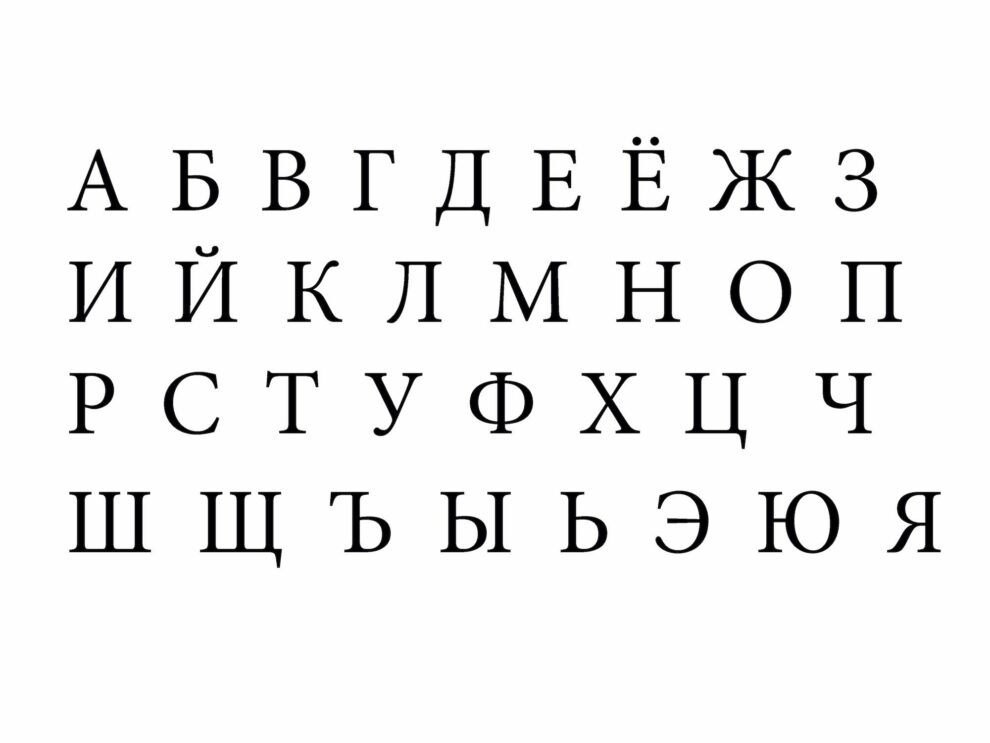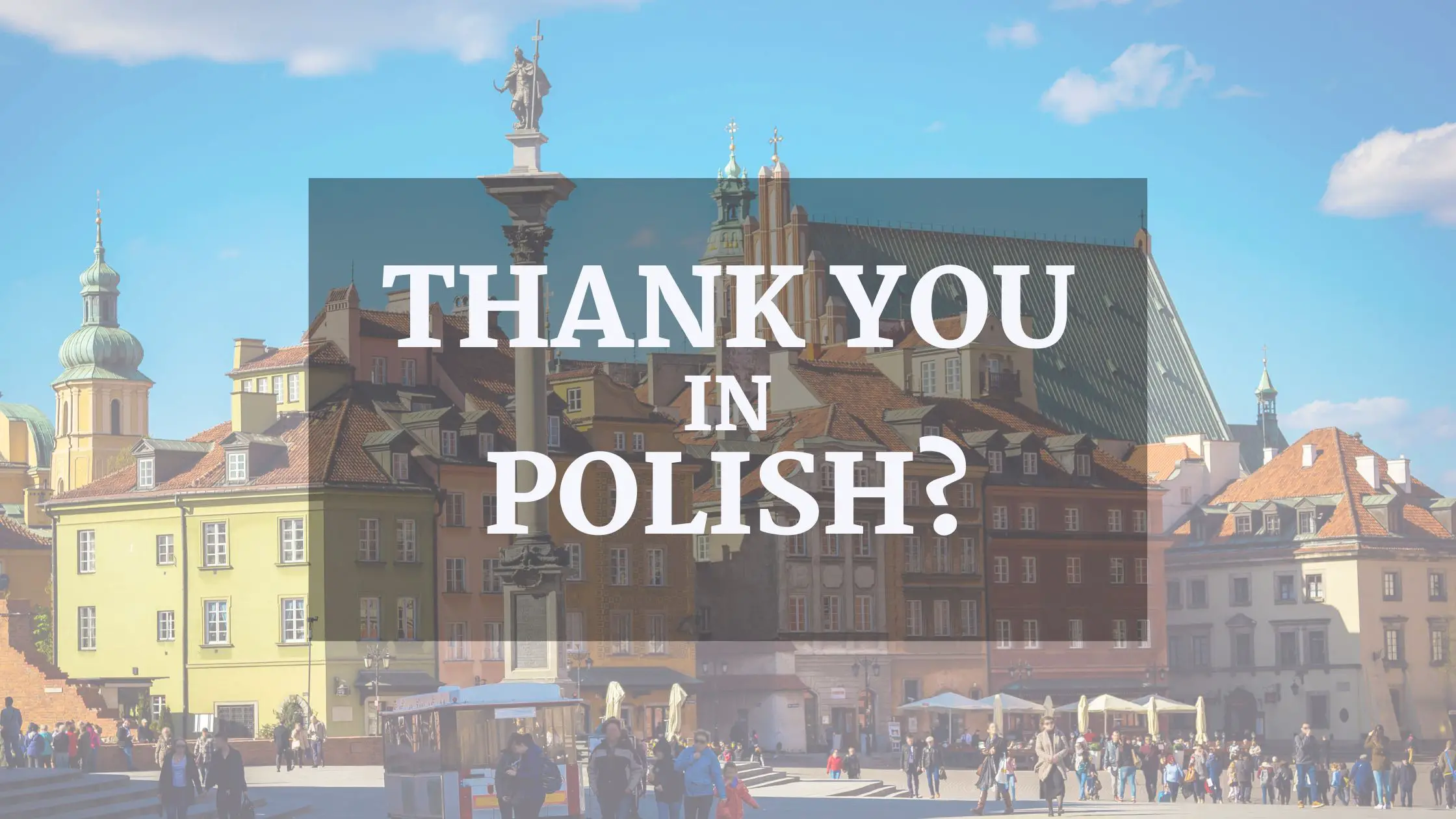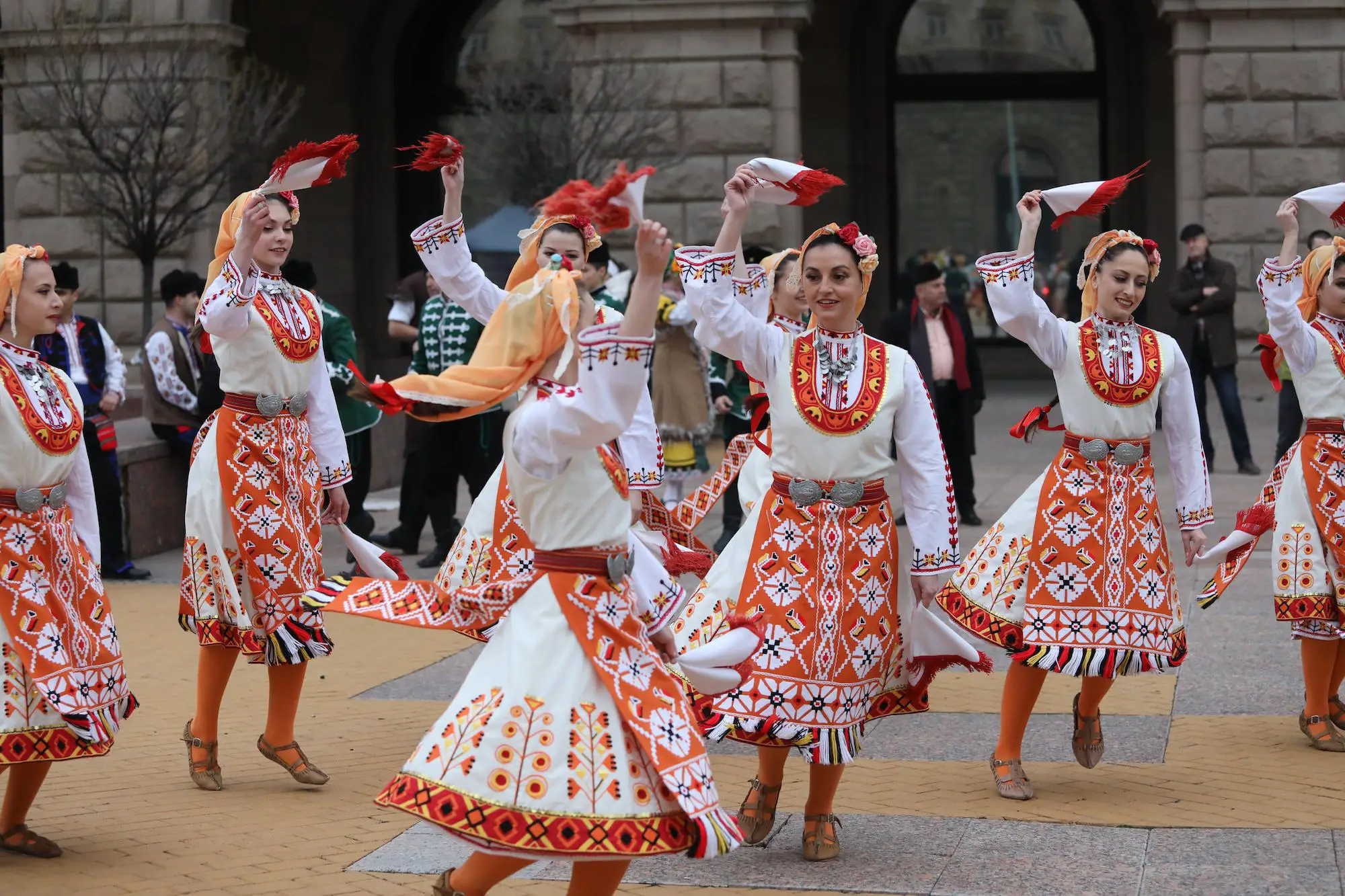The Cyrillic script is a writing system used by many languages in Eastern Europe and Asia, including Russian, Ukrainian, and Bulgarian. It is named after the Byzantine missionaries St. Cyril and St. Methodius, who created the first Slavic alphabet in the 9th century.
Table of Contents
Cyrillic Script
The Cyrillic script is derived from the Greek alphabet, with additional letters and symbols to represent sounds unique to Slavic languages. It consists of 33 letters, including 10 vowels and 23 consonants. The letters are written in cursive form, and the script is written from left to right.
The Cyrillic script has been used for many centuries and has undergone several reforms and changes over time. In the 19th and 20th centuries, some languages, such as Serbian and Macedonian, adopted the Cyrillic script as their official writing system. Today, the Cyrillic script is used by more than 250 million people worldwide.
The Cyrillic script is not only a tool for writing and communication, but also an important part of Slavic culture and identity. It is used in literature, art, and everyday communication, and has contributed to the development and preservation of Slavic languages and cultures.
What Languages Use Cyrillic Script?
Many languages in Eastern Europe and Asia use the Cyrillic script as their writing system, including:
- Russian
- Ukrainian
- Belarusian
- Bulgarian
- Serbian
- Macedonian
- Montenegrin
- Bosnian
- Kazakh
- Kyrgyz
- Tajik
- Uzbek
- Mongolian
In addition, some languages in other parts of the world, such as Uzbek in Afghanistan and Tuvan in Russia, also use the Cyrillic script.
Cyrillic Alphabet
Here we are using Russian alphabet as an example of a Cyrillic script:
The Russian Cyrillic alphabet consists of 33 letters, including 10 vowels and 23 consonants. The letters of the Russian Cyrillic alphabet are:
Vowels: А, Е, И, О, У, Ы, Э, Ю, Я, І
Consonants: Б, В, Г, Д, Ж, З, Й, К, Л, М, Н, П, Р, С, Т, Ф, Х, Ц, Ч, Ш, Щ, Ъ, Ь, Ы
Additional letters: Ё, Й, Ъ, Ь, Ы
Accent marks: Ю́, Я́, І́, Э́, Ы́, Ъ́, Ь́
The letters of the Russian Cyrillic alphabet are written in cursive form, and the script is written from left to right. The Russian Cyrillic alphabet has been used for many centuries and has undergone several reforms and changes over time [1].
Are All Cyrillic Alphabets the Same?
No, not all Cyrillic alphabets are the same. The Cyrillic script is used by many languages in Eastern Europe and Asia, and each language has its own version of the Cyrillic alphabet that is tailored to the unique sounds and rules of the language.
For example, the Russian Cyrillic alphabet has 33 letters, while the Serbian Cyrillic alphabet has 30 letters. The shapes of some letters in the Russian and Serbian alphabets are different, and the two alphabets have different rules for spelling and punctuation.
In addition, some non-Slavic languages, such as Kazakh and Mongolian, use modified versions of the Cyrillic alphabet that include additional letters and symbols to represent the sounds of their languages.
Overall, while the Cyrillic script is shared by many languages, each language has its own version of the alphabet that reflects the unique features of the language.
Cyrillic Script Differences
There are too many variations of the Cyrillic scripts between different languages to cover all of them but here are some examples of differences between Russian and Serbian Cyrillic:
Number of letters: The Russian Cyrillic script has 33 letters, while the Serbian Cyrillic script has 30 letters. The Serbian script has three fewer letters than the Russian script, as it does not use the letters щ (shch), ъ (hard sign), and ь (soft sign).
Letter shapes: The shapes of some letters in the Russian and Serbian Cyrillic scripts are different. For example, the Russian letter ч (ch) is written as a cross, while the Serbian letter ч (č) is written as a c-shaped letter with a diagonal line. The Russian letter ш (sh) is written as a double s, while the Serbian letter ш (š) is written as an s with a small vertical line.
Additional letters: The Serbian Cyrillic script has two additional letters that are not used in the Russian script, ђ (đ) and џ (dž). These letters represent unique sounds in the Serbian language that are not found in Russian.
Orthography: The Russian and Serbian Cyrillic scripts have different rules for spelling and punctuation. For example, Russian uses the letter ё (yo) to represent a separate sound, while Serbian uses the letter ё only in foreign words and names. Serbian also uses a different system for accent marks and other diacritical marks.
While the Russian and Serbian Cyrillic scripts share many similarities, they also have important differences in their letters, shapes, and orthography. These differences reflect the unique sounds and rules of the Russian and Serbian languages.
FAQ
Is Cyrillic and Russian the Same?
No, Cyrillic and Russian are not the same. Cyrillic is a writing system used by many languages in Eastern Europe and Asia, while Russian is a language spoken by over 150 million people, primarily in Russia and other countries in Eastern Europe and Asia.
The Russian language uses the Cyrillic script as its writing system, along with other languages such as Ukrainian, Belarusian, and Bulgarian. However, not all languages that use the Cyrillic script are Russian, and there are many languages that use the Cyrillic script but are not spoken in Russia.
In addition, while the Russian language is closely associated with the Cyrillic script, it also has a long literary tradition in the Latin script, and many Russians are proficient in both writing systems.
Overall, while there is a strong connection between the Russian language and the Cyrillic script, they are not the same thing.
Is Russian a Cyrillic Language?
Yes, Russian is a Cyrillic language. The Cyrillic script is a writing system used by many languages in Eastern Europe and Asia, and Russian is one of the languages that uses the Cyrillic script as its primary writing system.
Who Invented Cyrillic Script?
The Cyrillic script was invented by the Byzantine missionaries St. Cyril and St. Methodius in the 9th century. St. Cyril and St. Methodius were tasked by the Byzantine Emperor to create a writing system for the Slavic languages, which at the time were only written in the Greek alphabet [2].
St. Cyril and St. Methodius adapted the Greek alphabet to create the first Slavic alphabet, known as the Glagolitic script. This script consisted of 38 letters and was used to translate the Bible and other religious texts into Slavic languages.
In the 10th century, the Glagolitic script was replaced by the Cyrillic script, which was derived from the Greek alphabet but included additional letters and symbols to represent the unique sounds of Slavic languages. The Cyrillic script was named after St. Cyril, who is also known as St. Cyril of Alexandria or St. Cyril the Philosopher.
Today, the Cyrillic script is used by many languages in Eastern Europe and Asia, and is named after St. Cyril and St. Methodius, the Byzantine missionaries who invented it.
Do All Slavic Countries Use the Cyrillic Alphabet?
No, not all Slavic countries use the Cyrillic alphabet. The Cyrillic script is used by many languages in Eastern Europe and Asia, but not all Slavic languages and countries use it.
The Slavic languages are a group of closely related languages spoken by over 300 million people in Europe, Asia, and the Americas. While many Slavic languages, such as Russian, Ukrainian, and Serbian, use the Cyrillic script as their writing system, others, such as Polish, Czech, and Slovenian, use the Latin script.
In addition, some Slavic countries, such as Poland and the Czech Republic, have official languages that do not use the Cyrillic script, even though they have significant minority populations that speak languages that use the Cyrillic script, such as Belarusian and Ukrainian.
The Bottom Line
Despite the challenges and changes it has faced, the Cyrillic script remains a vibrant and essential part of the linguistic and cultural landscape of Eastern Europe and Asia. It continues to be a source of pride and identity for many people, and its legacy and influence will continue to be felt for many years to come.
Sources
- http://www.ijors.net/issue2_2_2013/articles/iliev.html
- https://ec.europa.eu/commission/presscorner/detail/en/SPEECH_07_330













